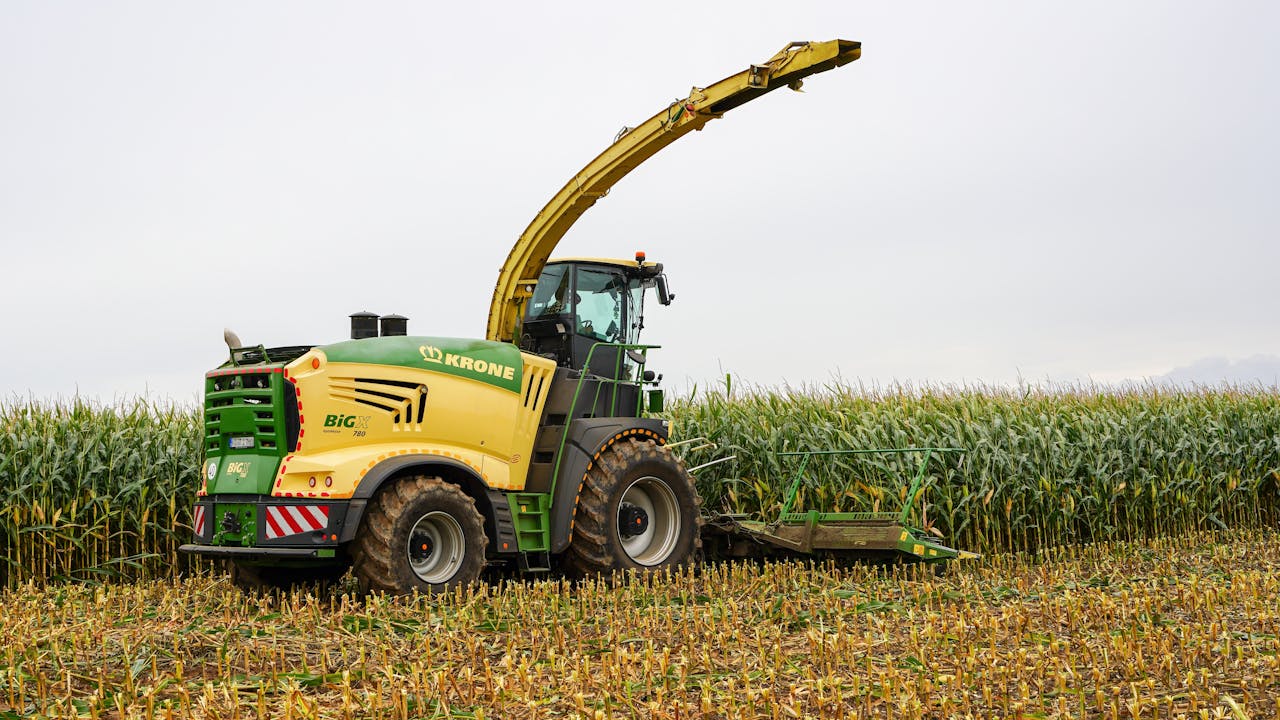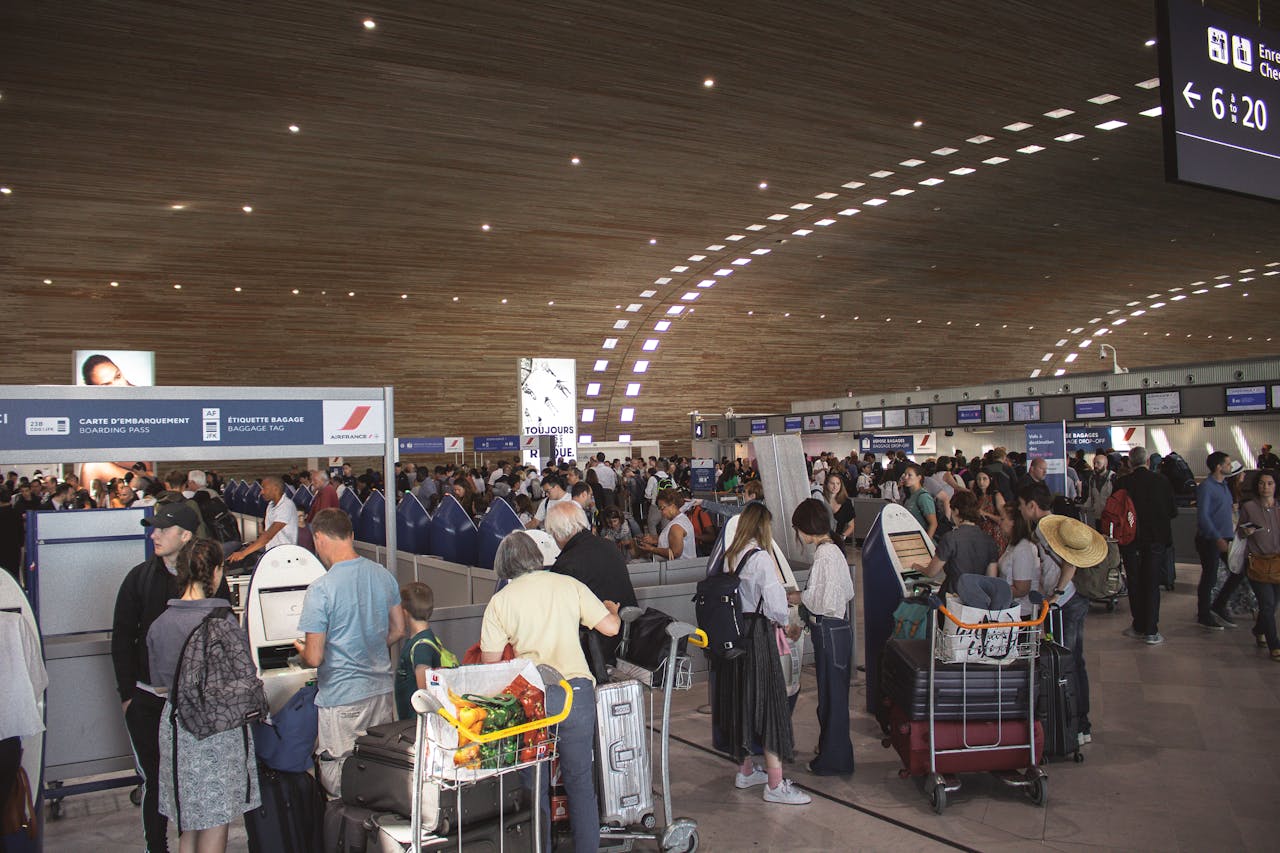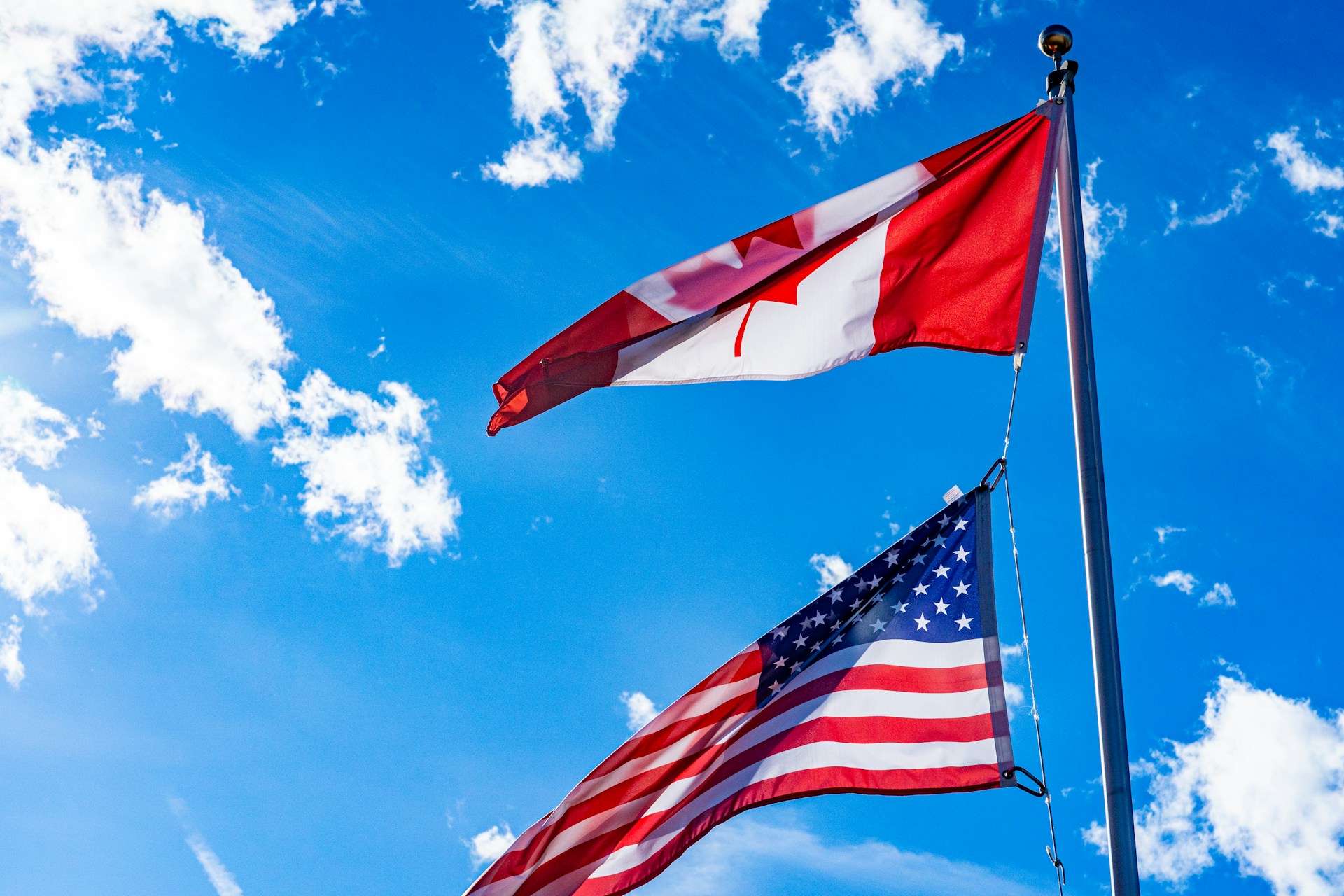Across North America, Thanksgiving arrives on different calendar pages but carries the same pull toward food, family, and a pause that resets the year. History and harvest shape the timing more than sentiment, and weekday rules keep the rhythm steady even as the exact dates slide. Travel peaks follow those choices, parades fall into place, and school schedules lean in. Understanding the why behind the when makes planning simpler, calls calmer, and cross border gatherings easier to pull off without last minute scrambles.
The Official Dates Follow Simple Weekday Rules

Thanksgiving is anchored by formula, not fixed numbers. In the U.S., federal law sets it on the fourth Thursday in Nov., which can land between Nov. 22 and Nov. 28. Canada celebrates on the second Monday in Oct., a window from Oct. 8 to Oct. 14. Those guardrails keep long weekends predictable while letting the actual date drift a little. Calendars shift each year, but the weekday cadence holds, which is why flights and family plans can lock in early.
Two Legal Decisions Shaped Two Traditions

The U.S. standardized the date in 1941 after messy state by state customs and a brief attempt to move it earlier for retail reasons. Canada’s Parliament chose the modern timing in 1957, framing it as a day of general thanksgiving for harvest. Different paths led to the same idea, a national pause with room for local flavor. The laws fixed the week, not the menu, which is why one table leans toward sweet potato pie while another favors butter tarts and early apples.
Climate And Harvest Explain The Gap

Canada’s growing season wraps earlier across much of the country, so an Oct. holiday fits both fields and roads before deep cold settles in. The U.S. skews later, closer to the tail of fall crops in many states, and closer to school breaks that stretch into winter plans. This split is practical, not symbolic. It lines up meals with markets and lowers weather risk for long drives. The result is two autumn Thanksgivings tuned to very different maps.
Long Weekends Work Differently

A Monday holiday in Canada guarantees a tidy three day weekend with closures that echo a classic fall break. A Thursday holiday in the U.S. often becomes four days, since many workplaces close on Friday, though policies vary. That difference shapes parades, football schedules, and campus travel. It also staggers airport surges, since peak departures and returns do not land on the same dates. The calendar choice quietly decides how families move and when leftovers run out.
Sports, Parades, And Shopping Track The Calendar

Traditions attach to the date rules. The U.S. pairs Thursday meals with marquee NFL games and the New York parade, then tilts into Friday retail that signals the holiday shopping season. Canada leans into a Monday CFL slate, local fairs, and a calmer retail cycle that saves its big push for Dec., even as Black Friday has grown. The chosen weekday steers the tone of news, the tempo of streets, and how the long weekend actually feels.


